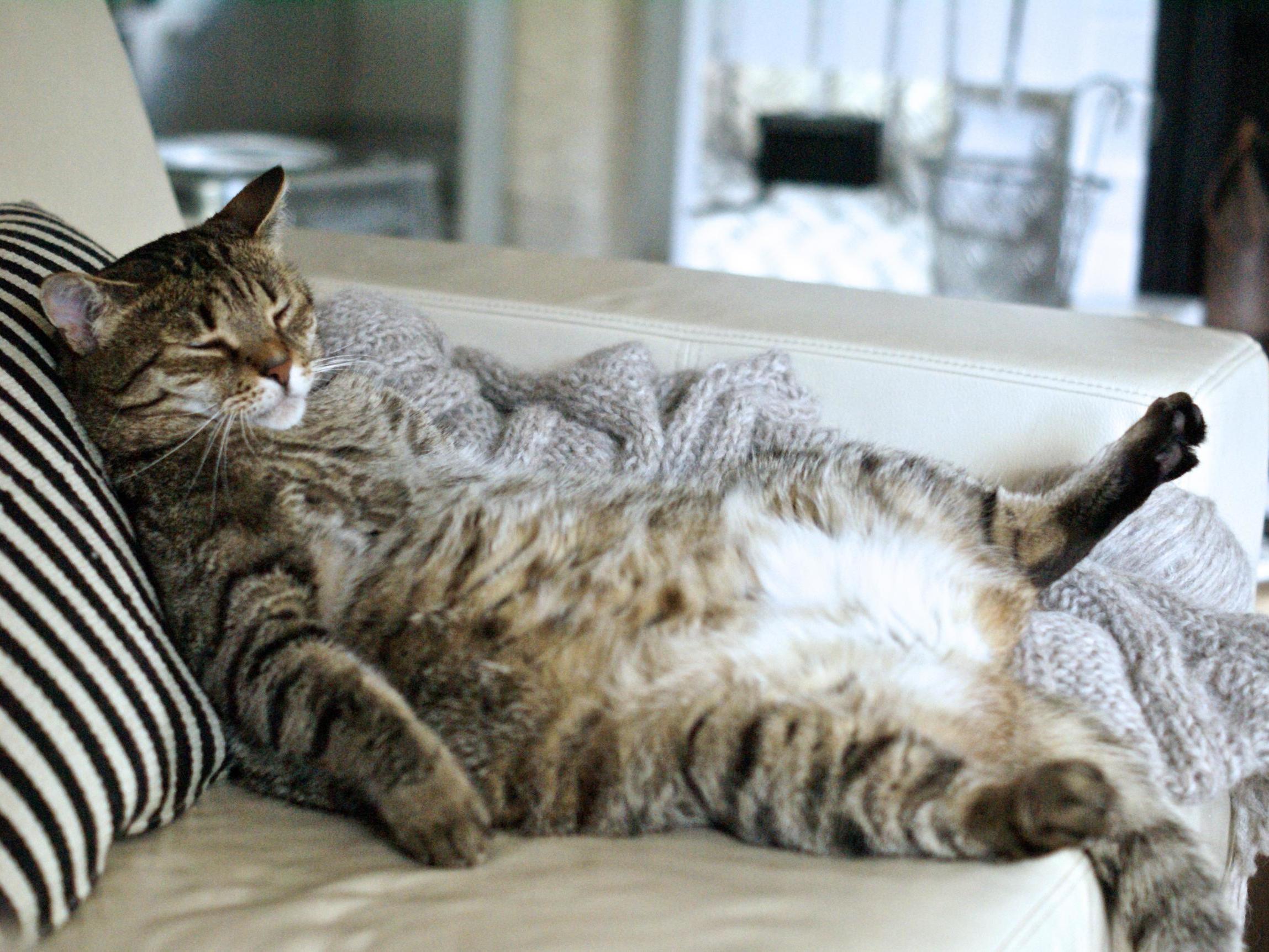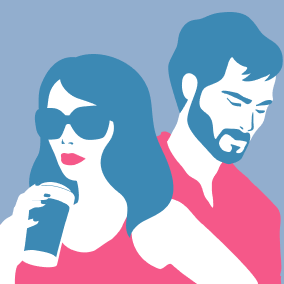Rise in number of obese cats and dogs forcing vets to install heavy lifting equipment
Professionals reporting pulled muscles or back problems due to extra weight

The rise in the number of obese pet cats and dogs in the UK is forcing vets to use heavy lifting equipment to avoid injury, figures show.
A survey of 2,100 pet owners and vets, conducted by Direct Line pet insurance, has revealed that more than 1.7m dog owners and one million cat owners have been told that their pets are overweight by vets in the past year.
This suggests that 12 per cent of pets are too fat, a figure which has risen from eight per cent two years ago.
The study found that pugs were the dog breed most likely to be overweight, with three quarters categorised as obese by vets.
Similarly, more than two thirds of boxers were considered too heavy, with golden retrievers, German shepherds, spaniels and Staffordshire bull terriers next most likely to be overweight.
Famous pets - In pictures
Show all 6The problem is becoming so bad that a growing number of vets are getting injured when treating obese animals, forcing many to buy lifting equipment.
The survey found that the extra weight is putting increased strain on owners and vets who are reporting pulled muscles or backs.
One in seven (13 per cent) dog owners said they had suffered bruising or strained muscles from lifting overweight dogs, while more than four in ten vets (42 per cent) said they had invested in extra lifting equipment including hoists and electrically-raised tables to treat obese pets.
According to the RSPCA, obesity is a “serious welfare issue” that can cause suffering and be extremely disabling for pets.
“Pet obesity can also cause serious health problems, and make existing problems worse, which can reduce the length and quality of your pet's life,” the RSPCA states, adding that weight problems can cause and contribute to diabetes, heart disease, respiratory distress, high blood pressure and cancer.
To see if your pet is overweight, the organisation says there are a few simple checks you can make:
- You should be able to see and feel the outline of your dog's ribs and your cats spine and hip bones without excess fat covering.
- You should be able to see and feel your dog's waist and it should be clearly visible when viewed from above.
- Your dog's belly should be tucked up when viewed from the side, while your cats belly shouldn’t be sagging underneath with only a small amount of fat.
If your pet does not pass these checks, or if you are in any doubt, the RSPCA recommends speaking to your vet who will be able to provide a health check and if necessary recommend a weight-loss programme.
Subscribe to Independent Premium to bookmark this article
Want to bookmark your favourite articles and stories to read or reference later? Start your Independent Premium subscription today.

Join our commenting forum
Join thought-provoking conversations, follow other Independent readers and see their replies